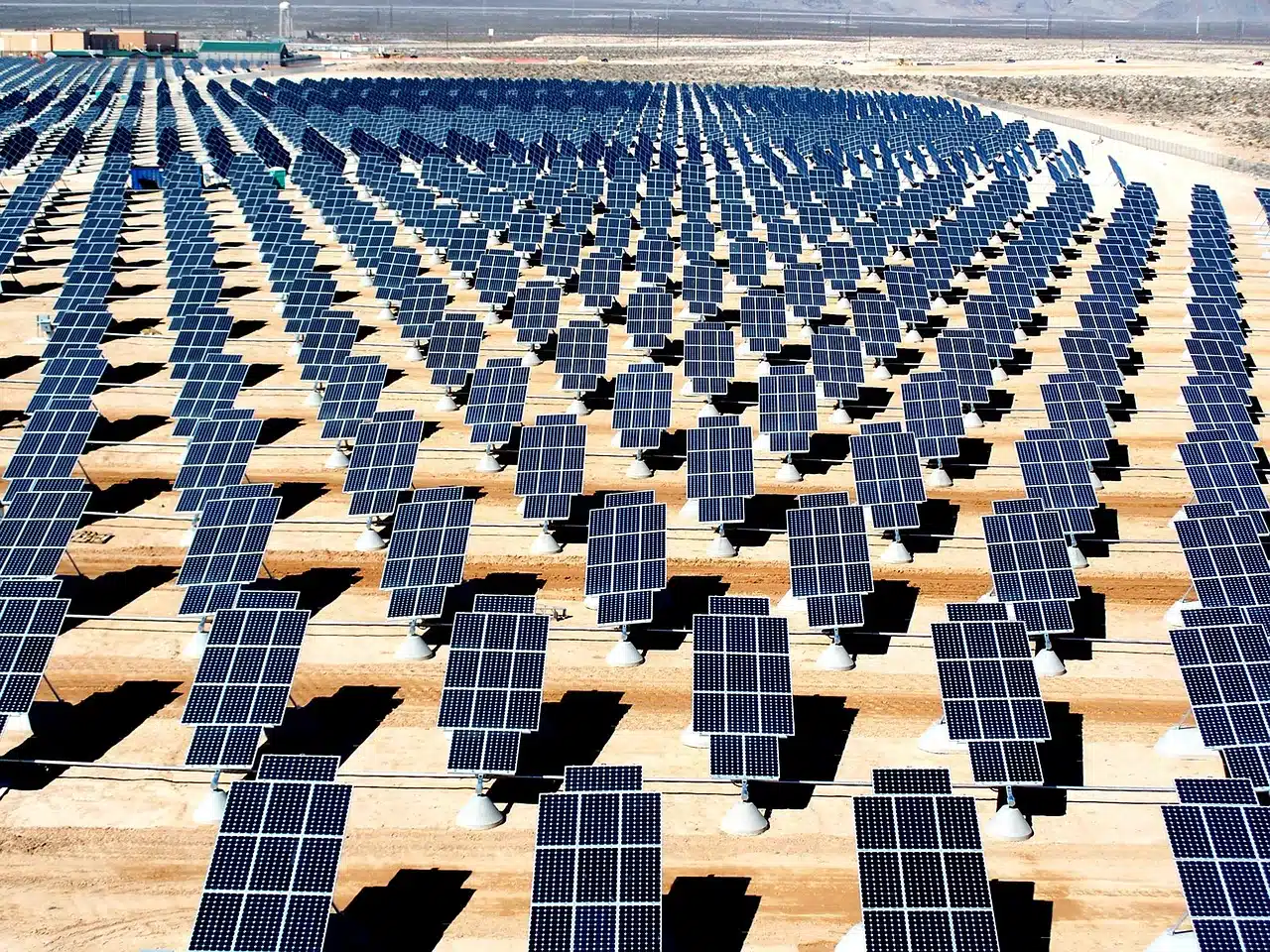
Photovoltaic energy is obtained from the sun.
Photovoltaic energy is the type of electricity (electrical energy) that is obtained directly from the sun 's rays thanks to the quantum photo-detection of a device. Photovoltaic energy makes it possible to produce electricity for distribution networks, supply isolated homes and power all types of devices.
It should be noted that energy is the natural resource that, thanks to the application of technology , can be used at an industrial level. The term also refers to the ability to transform or set something in motion. Photovoltaic , on the other hand, is an adjective that allows us to name what belongs to or is related to the generation of electromotive force from light .
Use of photovoltaic energy
The devices used to harness energy of this type are called photovoltaic cells when they have a semiconductor metal sheet, or thin film if they have metals located on a substrate. Photovoltaic cells can be divided into monocrystalline (with a single silicon crystal), polycrystalline (composed of multiple crystallized particles) or amorphous (if the silicon has not been crystallized).
The union of several of these cells is known as a photovoltaic module . These modules provide direct electrical current that can be transformed into alternating current through a device called an inverter. Thus, the electric current produced by the photovoltaic modules can be injected into the electrical grid.
The main manufacturer of photovoltaic panels in the world is Japan , followed by Germany . It is important to highlight that the growth of photovoltaic installations is limited by the lack of raw material (quality silicon) in the market , although the situation is tending to reverse.

There are panels that allow you to take advantage of photovoltaic energy and convert it into electricity.
The perovskite
One of the most significant advances in this field is due to the creation of a solar cell formed by a layer of perovskite , a hybrid material (organic and inorganic) that is very economical to produce and easy to synthesize, which is placed between two other layers. of ultra-thin semiconductors. In total, the thickness of this cell developed by a team of researchers led by Hendrik Bolink does not exceed half a micron (which is equivalent to dividing one meter into a million).
The news of the use of perovskite to solve some of the problems related to the construction of solar panels was published at the end of 2013 , and the institutions behind all the research and development work are the Institute of Molecular Science (ICMol ) of the Science Park of the University of Valencia and the Federal Polytechnic School of Lausanne (EPFL) of Switzerland .
Bolink , who since 2003 has been in charge of a research team on molecular optoelectronic devices and has been the author of more than a hundred articles in magazines of scientific interest, commented that low temperature processes were used to prepare the perovskite. , similar to those used in printing, thanks to which it was possible to manufacture photovoltaic devices on glass sheets or plastic sheets, with the aim of making them flexible.
In addition to its low cost and simple manufacturing, another advantage of perovskite is that it allows the creation of semi-transparent devices; This, added to its discreet thickness and lightness, opens the possibility of placing sheets over the windows of buildings, to filter solar rays while generating electricity. This particular application has already been evaluated by several construction companies, and they have shown a lot of interest.
Photovoltaics and other materials
It is worth mentioning that for the manufacture of photovoltaic cells, a material known as crystalline silicon is usually used, which has a very high cost, or cadmium and cadmium sulfide, its economical alternatives but with raw materials that are difficult to obtain and highly polluting.
Perovskite, meanwhile, is economical and environmentally friendly, and promises a future in which harnessing solar energy to generate electricity is within everyone's reach.
